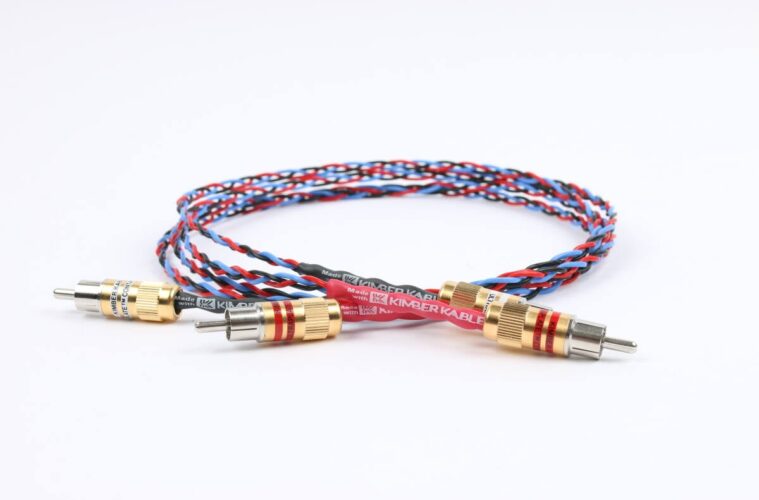Russ Andrews is re-introducing the original Kimber Kable analogue interconnect, PBJ, to its product portfolio, bringing the performance benefits and value of this cable to the UK’s audiophiles.
Upon its launch, the original version was often the first interconnect upgrade for audiophiles, replacing the ‘get you going’ cables supplied with the equipment. It has been sold to many thousands of users over the years and remains a firm favourite with Kimber’s customers.
It was a staple of the Russ Andrews cable offering until the launch of Kimber’s Timbre in 2003, which replaced it in the selection of interconnects available from the UK distributor.
The cable being re-introduced today is essentially the same as the original, but with one very important difference, and that is the purity of the copper in the latest version.
Chairman and technical director Russ Andrews takes up the story, “Kimber Kable is a company that doesn’t make changes to its products and introduce mk2 versions for the sake of it – they will only revise a product if a significant performance upgrade is possible. The company’s R&D is intensive, only launching products that they feel provide the best possible performance for the price. But now, with a much purer copper having been introduced in PBJ, the time is right for us to make it available to our customers again.”
Copper’s conductivity is measured using the International Annealed Copper Standard (IACS) – a scheme introduced in the early 1900s which set a benchmark of 100% IACS. This measurement is more important than the commonly seen OFC (oxygen free copper) figures, which represent the purity percentage of the copper.
No copper is totally free of oxygen as an impurity, but new and very expensive manufacturing techniques have enabled many more impurities to be removed and as such the new PBJ features exceptionally pure copper.
Where it is really said to excel, though, is in its IACS figure – the true measure of copper’s conductivity – and for PBJ’s copper the figure is 102% IACS.
Carried over from the original PBJ, and a very familiar Kimber feature, is the use of braided VariStrand conductors. As different wire gauges favour different audio frequencies, Kimber employs seven individual strands of differing gauge for each conductor, ensuring a more accurate representation of the overall frequency of the music.
The three conductors are arranged in a woven tri-braid construction, which acts as an effective Radio Frequency Interference (RFI) filter, removing both airborne RFI and that which is conducted by the cable from one piece of audio equipment to another. The result is a much cleaner audio signal for enhanced musical presentation.
Covering each conductor is a fluorocarbon (Teflon) insulation or dielectric. While an expensive material to use, it has the distinct advantage of being applied to the cable at a higher pressure and therefore a lower temperature, which minimises any heat damage to the copper to maintain its purity.
The use of Teflon also helps with signal integrity thanks to its very low dielectric constant measurement. All dielectrics absorb some of the signal in the cable and then feed it back in slightly later, which has the effect of slowing the signal down – this is known as the dielectric constant figure. The perfect figure of 1 is only achievable in a vacuum, so not feasible in the real world, but Teflon has a very low dielectric constant making it highly suitable as an insulator and Kimber has spared no cost in using this for PBJ.
Why Peanut Butter and Jelly? Simon Dalton, from Russ Andrews marketing, explains, “The cable’s name, PBJ, is derived from PB&J, or peanut butter and jelly. During WWII, American G.I.s were given peanut butter sandwiches to get protein into their diets – they added the jelly (jam to us) to sweeten it and thus the acronym was created. Today PB&J is a staple of American cuisine and has become ubiquitous with anything staple – so the perfect name for a cable that is the staple of so many audiophiles.”
The ’new’ PBJ is being introduced from today and will receive its UK public debut at the North West Audio Show in Cranage on 21/22 June. PBJ replaces the Kimber Tonik and Kimber Timbre interconnects in the Russ Andrews range. It is available with standard Nickel-plated RCA connectors, upgraded Kimber UltraPlate RCAs or Switchcraft studio-grade XLRs.
Purchases are covered by the standard Russ Andrews 60-day money-back guarantee and 25 year warranty.
Prices:



